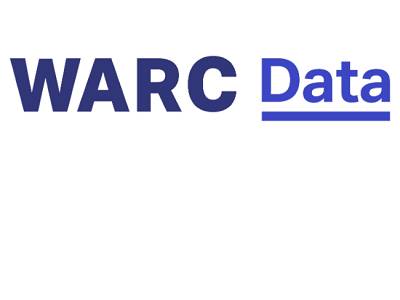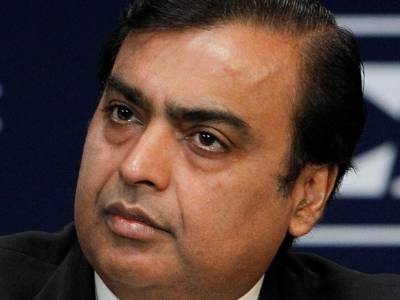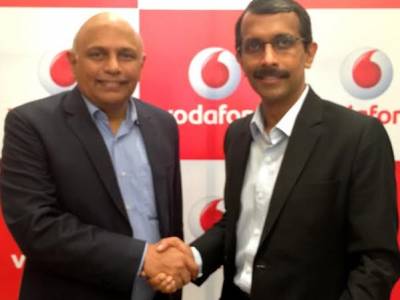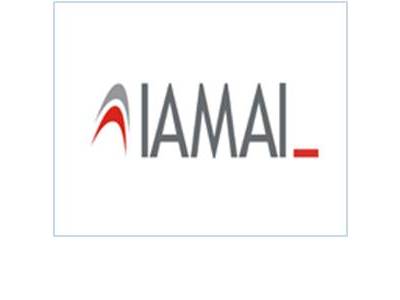China and India lead new mobile internet user growth: GSMA report
Almost three quarters of the global internet base will be mobile only by 2025, with global smartphone adoption expected to reach 80 per cent by 2025. In India, smartphone connections are expected to reach 1.1 billion by 2025, with an adoption rate of 76 per cent. This was revealed by GSMA Intelligence in its ‘Global Mobile Trends 2018’ report.
According to the report, of the 1.6 billion new mobile internet users between now and 2025, five countries account for 50 per cent of the growth.
China and India are by far the biggest. The next tier includes Indonesia, Nigeria and Pakistan: each will account for 50 million+. The rest comprises a long tail, clustered in Sub-Saharan Africa and South East Asia.
Because fixed broadband is negligible in these markets, the next internet generation will not just be mobile first, but mobile only. Smartphone access will be a near-given.
This raises profound implications for how to access such a large, youthful and mostly non-English speaking demographic in delivering services ranging from healthcare to e-commerce.
4G takes off
India remains a predominantly 2G market, but this is changing rapidly; the 4G connection base is forecast to grow three-fold to 890 million out to 2025, by which time 4G will account for 6 in 10 connections.
This growth is being fuelled by a combination of falling data prices, better network coverage, improved smartphone affordability and development of locally relevant content.
While up to now, smartphone adoption has led 4G uptake in India, this gap will gradually narrow out to 2025. Smartphone connections are forecast to reach 1.1 billion, accounting for three quarters of the total by 2025.
Despite the 4G era only just beginning in India, initial deployments of 5G are expected in 2020, and the government has targeted 2022 for the completion of the 5G rollout. However, 5G consumer adoption will not significantly impact 4G to begin with, reaching 5 per cent of total connections by 2025.
Social and messaging have already adapted to mobile-first
Facebook, Google, Netflix, WeChat and other large consumer tech platforms redefined their approach to mobile-first four years ago. This helped cement social networking and OTT messaging as widespread among smartphone users, regardless of income.
E-commerce is a digital category not yet capitalised on (with the exception of China), with take-up rates in fast-growth markets less than 30 per cent.
India is an interesting live test case being fought by Flipkart and Amazon. The country has around 400 million smartphone users, around 20 per cent of which buy something on their mobile at least monthly. Even if this rose to 30 per cent, it would make India nearly as big as the US in user terms.
Consolidation has reshaped the Indian mobile market
India’s mobile market has undergone radical transformation over the last two years. The consolidation following Jio’s entry was imperative for the long-term financial stability of the sector and to attract investment vital to achievement of Digital India and national policy aims.
Further consolidation, in preparation for 5G and to accommodate the rising consumer demand for data, is already underway. Indus Towers, controlled by Vodafone and Idea, announced a merger with Bharti Infratel to create the world’s largest tower company outside China.
Mobile data usage soars, but ARPU pressures remain
India has experienced a paradigm shift in data usage since Reliance Jio’s entry into the market, which led to intense competition and drove down data pricing.
Average data consumption per user has risen sharply – by 10× to 4 gigabytes across all wireless generations between 2015 and 2017. However, this has come at the expense of ARPU, which has decreased by almost 40 per cent since mid-2016 to $1.50.
Meanwhile, low data costs have resulted in phenomenal video growth in India. In 2017, online video consumption increased almost five times in the country, while video streaming also contributed to 65-70 per cent of 4G mobile data traffic.
A key driver of this video demand has been the increased production and availability of relevant local content, in Hindi and other regional dialects.
















Share
Facebook
YouTube
Tweet
Twitter
LinkedIn